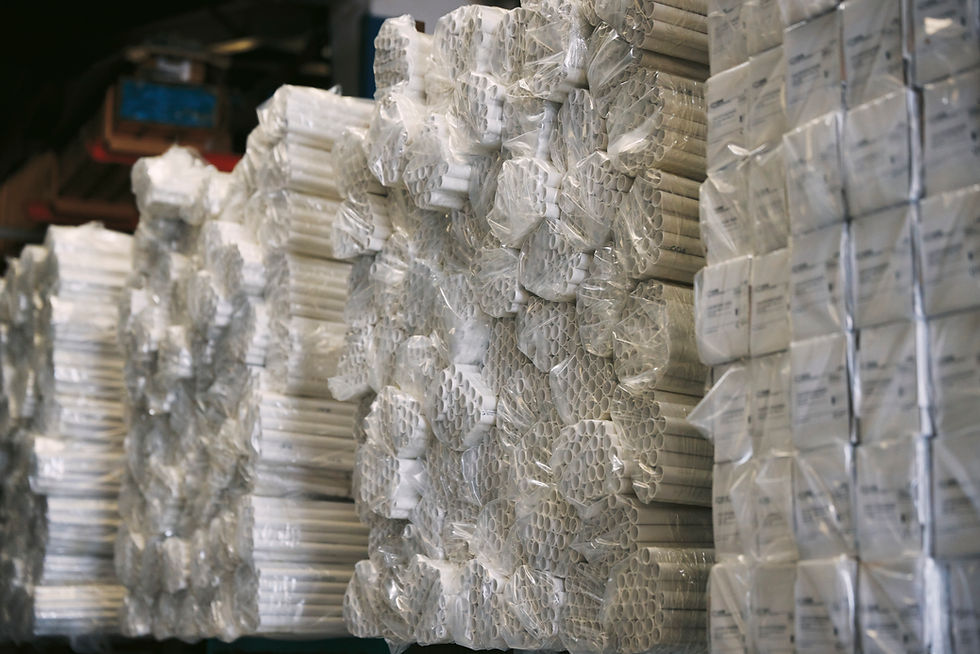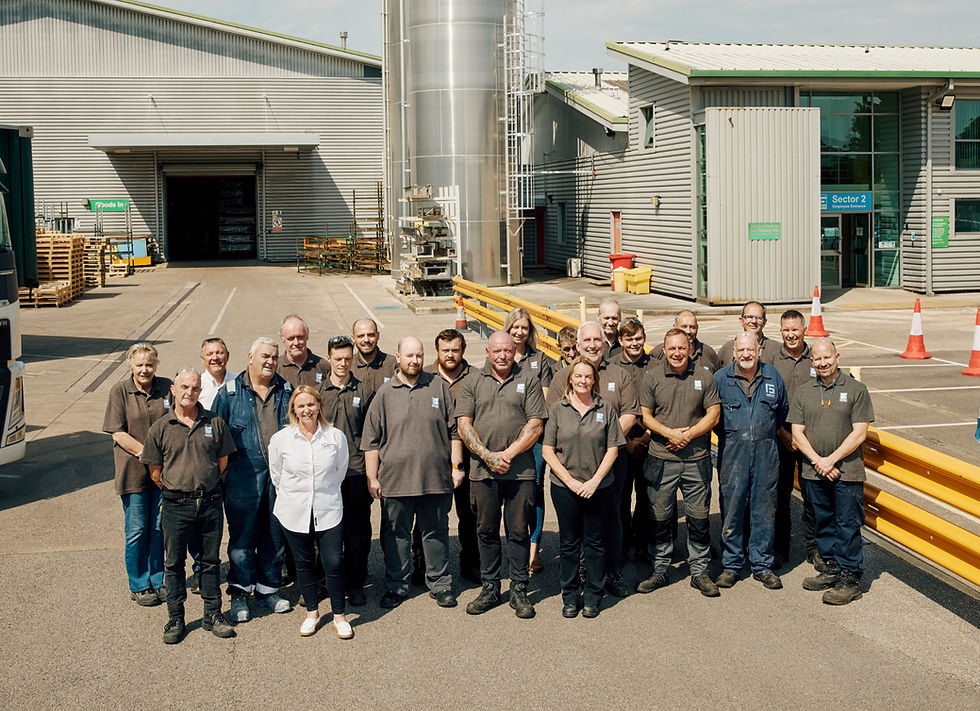How to Choose the Right Trunking System for Commercial Electrical Projects
- Richard Beale

- Sep 9
- 4 min read
Updated: Sep 16

Choosing the right cable trunking system might seem like a small part of a bigger job, but it affects how smoothly the work goes. The wrong system can slow down installation, lead to fitting issues or create extra work at the trade counter. For commercial and public sector projects, that kind of disruption can add pressure that’s best avoided.
There are also more systems on the market than ever. It’s not always clear which one fits best, especially when part codes have changed or been dropped. What used to be a straightforward choice now takes more time, and more back and forth between suppliers, contractors and wholesalers.
This article looks at what matters when selecting trunking for commercial spaces. We’ll cover which systems are used where, what to check before choosing, and how consistency across the range helps keep things moving.
Contents
Why trunking choice matters in commercial installs
What to consider when choosing trunking
Trunking types for common commercial spaces
The value of consistency for wholesalers and installers
Why more projects are choosing Cutterwell trunking
Why trunking choice matters in commercial installs

In commercial spaces, trunking isn’t just about neatness. It supports the layout of the electrical system and helps futureproof the installation. If the wrong system is chosen, it can lead to delays, increased fitting time or the need for extra parts that weren’t planned for.
Installers often rely on the trunking system to fit properly the first time. Any changes to part codes or product specs can disrupt the process and cause frustration on site. For wholesalers, that can lead to more returns, more product queries and more pressure on the counter team to explain why something doesn’t match up.
That’s why getting the right system in place early on makes a difference. It keeps the job moving and helps everyone from wholesaler to installer stay focused on the work, not the workarounds.
What to consider when choosing trunking
The right trunking system depends on how and where it’s going to be used. That includes looking at the layout of the space, the type of cabling being installed and what access might be needed later on. In some cases, trunking also needs to allow for power and data to run in the same space without interference.
Durability is another key factor. In offices and public buildings, trunking can be exposed to knocks or frequent cleaning. If the system isn’t tough enough, it could end up cracked or discoloured. That’s why it’s important to match the specification to the environment.
It’s also worth thinking about installation time. Some trunking systems are quicker to fit because they come with secure lid retention or built-in couplers. These features can reduce time on site and help installers keep to schedule.
For wholesalers, trunking that comes with consistent part codes and reliable stock support is easier to manage. It cuts down on admin, reduces stock issues and makes it simpler to respond to customer requests.
The value of consistency for wholesalers and installers
When trunking systems change names or part codes, it creates more work across the board. Wholesalers end up fielding more questions at the counter. Installers waste time checking dimensions and fittings that used to be second nature. A straightforward job can quickly become more complicated than it needs to be.
Sticking with a trunking range that hasn’t changed helps avoid that. It means the part codes match what the customer expects. It means the product looks and performs the same every time. It also means the installer knows exactly how it fits and what accessories to use.
That level of consistency is especially important in repeat or multi-site projects. When the same products are being used again and again, small changes to fit or appearance can cause confusion. By keeping to a known range, wholesalers and installers can keep things simple and avoid unwanted surprises.
Why more projects are choosing Cutterwell trunking

Cutterwell supplies a full range of commercial trunking systems, including surface, perimeter and floor options. The products are designed for fast, consistent installation and made to match the specifications that many installers already know. Part codes remain familiar, so there’s no need to check dimensions or switch accessories mid-job.
The trunking is made and stocked in the UK, which helps shorten lead times and improve supply. That’s especially useful when timelines are tight or plans change late in the project. Wholesalers can rely on quick restocks, and contractors can get what they need without delays.
Because the range hasn’t changed hands or been rebranded recently, installers can trust it to perform as expected. That removes a lot of the friction that comes from using unfamiliar systems and helps keep the job on track from the first fix to final handover.
Speak to the team or browse the range

If you’re planning a commercial install and want a trunking system that’s easy to specify, simple to install and backed by reliable UK supply, Cutterwell can help.
Our range is made for trade. It’s stocked in the UK, built to match long-standing specifications and supported by a team who understand the pressure of project timelines.
To speak to someone about product availability or technical details, call 03316 303280.


Comments